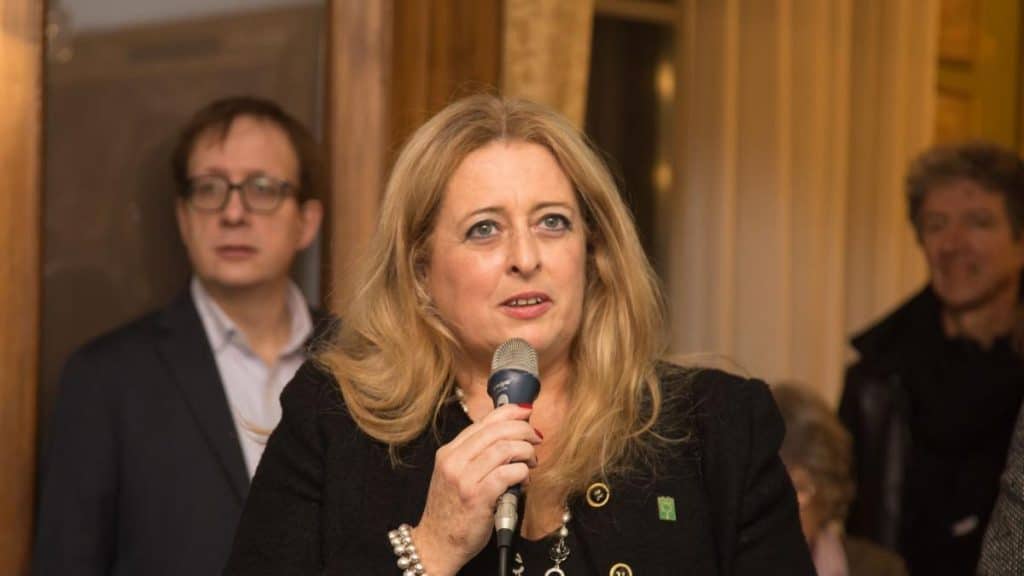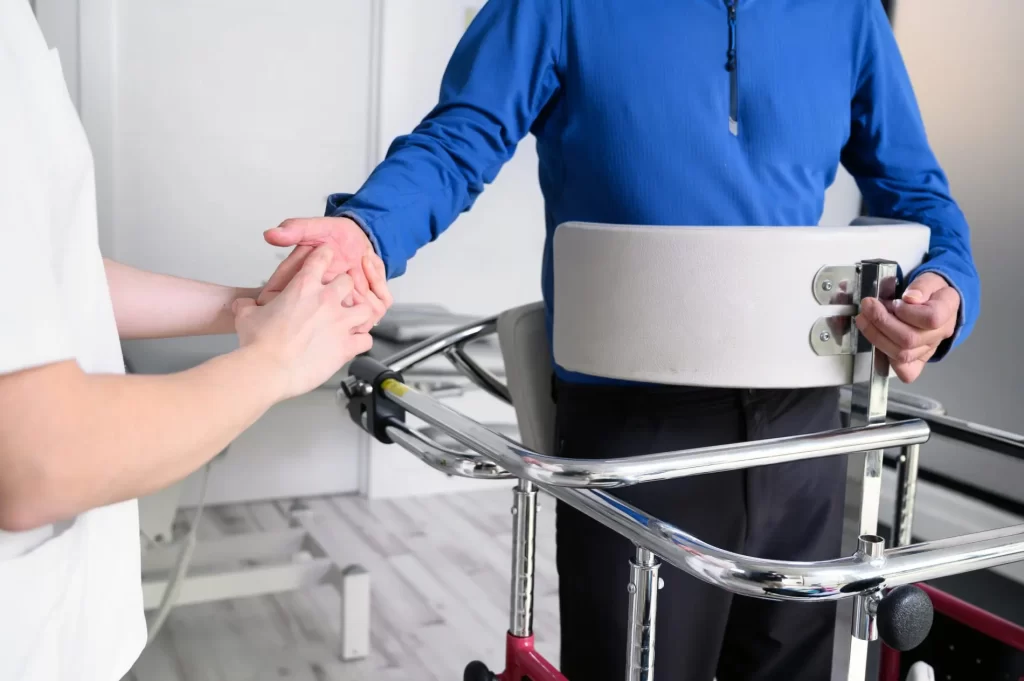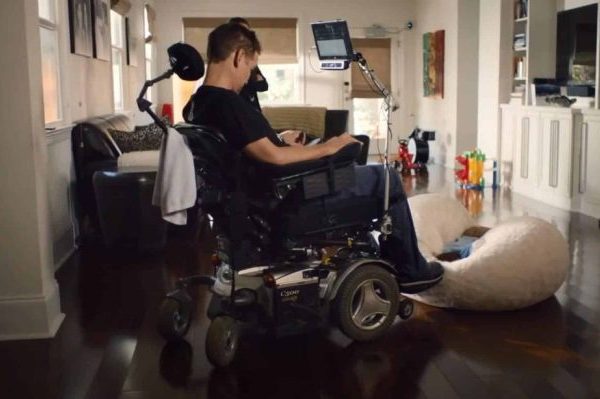“It’s difficult, it gets harder and harder everyday. We go through various phases, from acceptance to anger and pain ”. A phrase that remains etched when someone who has been struggling for a long time alongside a family member who is affected by Amyotrophic lateral sclerosis, better known as Sla. Every year, on September 18, is the national day dedicated to them. To those who continue their dignified protest, just like 16 years ago, when a group of people suffering from this disease that leaves no way out took to Piazza Bocca della Verità, in the name of their rights.
Today many monuments will light up in Tuscany, as well as numerous initiatives throughout Italy. ALS affects the so-called “motor neurons”, nerve cells in the brain and spinal cord, leading to paralysis of the voluntary muscles up to also involving the respiratory ones and sometimes making it necessary to use a mechanical respirator. To date there are no therapies capable of halting or slowing the progression of the disease. “What must be done – says Barbara Gonella – is guarantee a dignified life, as much as possible until the end “. Barbara is president Aisla Florence, the only association recognized as a representative of ALS patients and is one of the founders of the association in this area. “My father had ALS, only eleven years ago here in Florence there was no one to help us, we were soli“.
And give
In Italy they are estimated more than 6,000 people suffering from ALS and it is expected that they will register every year about 2,000 new cases according to the Eurals Consortium – European Amyotrophic Lateral Sclerosis Consortium in 2020. The age group was previously between 55 and 75 years old. “Unfortunately, the cases of forty-year-olds with families and small children have increased, but also of eighty-year-olds – continues Gonella -. The gap is widening ”.
How to do after the diagnosis
Diagnosing ALS is not easy. Often several medical investigations and periodic checks are necessary before being able to discover or not its existence. “After diagnosis – explains Gonella – the fundamental step is precisely the hospital care of the patient in a structure where there is an ALS team that is able to ensure a PTTAS (diagnostic therapeutic assistance and social path) with all the necessary checks. Everything that comes after is closely connected with this, otherwise the assistance becomes limping. Patient and family are more protected and everything is not left to the initiative of the individual “.

The role of Aisla
L’association is national, was born in 1983 and works on a territorial level. “We are part of the therapeutic path and early contact with the association is fundamental. I worked hard to get the specialists to give the newly diagnosed Aisla contact. Now it works fine, but this automatism is a recent thing. Previously, the sick arrived a year after diagnosis and in the meantime they were alone in managing the disease because there are no other figures on the territory, beyond the family doctor. Also the social worker is not there. Over the course of a year, we follow about seventy of them here in Florence, together with their families ”.
The steps
The first to contact the association are the family members. “There is a long interview the first time, which lasts an hour and where I listen a lot and start asking questions that are needed to better understand the situation. Then I start proposing our services (clinical centers, psychological support, physiotherapy and psychological sessions), the paths to follow and give them the feeling of having landed in a safe harbor. This is the most important goal: not feel alone anymore“. The first steps are monitoring. “I ask how the checks went, if there were any delays in a request for disability, or for the physiotherapy sessions of the ASL. In this case, I activate ours. We also intervene when people lose their homesin collaboration with social workers “.
The question of euthanasia and palliative care

“Exists an alternative to euthanasia – Gonella says bluntly – the incurable patients have a tool called shared path of care. Nothing to do with the Dat, with which one gives disposition in the event that one can no longer be able to determine oneself. The Pcs are provided for by the law on the end of life and is a tool shared with the specialists who are in charge of the incurable patient. Everything is shared starting at therapeutic choicesdecisions on whether or not to do invasive therapies, the choice of palliative care up to deep sedation “.
The cure palliative they are activated from the beginning of the pathology but are linked to the therapeutic choices made by the patient. “In the case of ALS, if the patient has decided from the beginning that not to do the tracheostomia for the insertion of the mechanical respirator is immediately taken over by palliative care. Then, if at the time of the beginning of suffering the patient no longer considers his life worthy, profound sedation is decided together with the medical team. There may be an average from which they can awaken and which attenuates the symptom of suffering. If he wakes up and the pain continues to worsen then the dose is increased. And it lasts a day. There is no agony. I’m just saying that we fight to have a dignified life rather than a dignified death ”.
The obstacles and the problem of timing for the request for civil invalidity

“From the moment we created the headquarters of Aisla who has Firenze the change of pace has begun ”. The obstacles main ones are those bureaucratic because if at least in the big cities it has been possible to obtain a decent level of assistance in the hospital, unfortunately the great walls to be demolished are linked to bureaucracy. “The times to have civil disability, for example, exceed 6 monthsthere is still no immediate recognition of the disability linked to the pathology, but it does happen in relation to the physical situation of the person who presents himself before the commission “. So it doesn’t come never recognized immediately 100% but the sick have to return again to make a request for aggravation. “I’m humiliations which can only be ended with a national law. Do you think that many have died while waiting to obtain disability. What we can do is act on a case-by-case basis, contacting ASL doctors, those of forensic medicine to stir things up “. Civil disability means getting a whole range of economic concessions for ALS patients who otherwise are at the expense of families. “For example, contributions for stair lifts or for the purchase of cars equipped for the severely disabled with discounts”.
